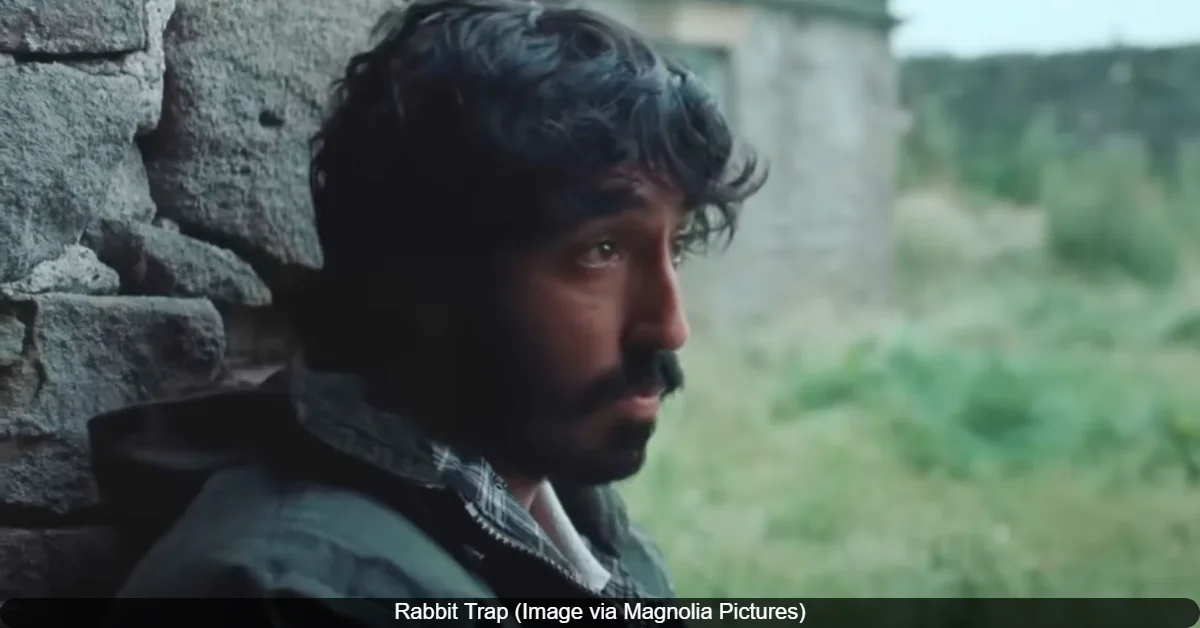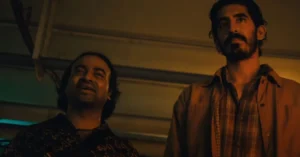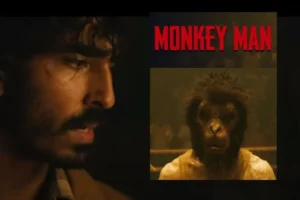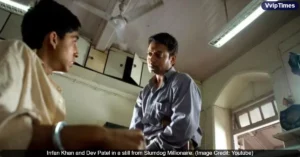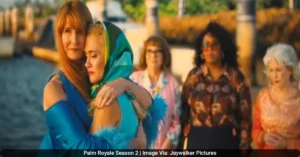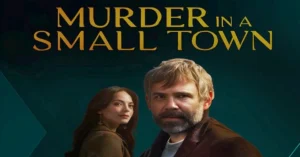Rabbit Trap, the psychological horror film marking the feature directorial debut of Bryn Chainey, premiered at the 2025 Sundance Film Festival and has sparked a wide range of reactions from critics and audiences. Starring Dev Patel and Rosy McEwen as a couple whose creative retreat descends into supernatural chaos, the film blends Welsh folklore with sensory-driven storytelling to create an experience that is as visually arresting as it is narratively ambiguous.
Set in 1973, the film follows married musicians Darcy and Daphne Davenport as they relocate from London to an isolated cabin in the Welsh countryside to work on their experimental album. Their peaceful existence is shattered when Darcy accidentally disturbs a Tylwyth Teg fairy ring, leading to the appearance of a mysterious, unsettling child. The couple’s relationship and grip on reality begin to unravel as they form an increasingly fraught bond with this enigmatic visitor. The film uses its folk horror framework to explore deeper themes of childhood trauma, unresolved grief, and the disruptive power of nature.
The Cast and Characters: A Closer Look
The film’s strength lies in its committed performances, led by a trio of actors who fully embrace the story’s eerie atmosphere.
| Actor | Role | Description |
|---|---|---|
| Dev Patel | Darcy Davenport | A sound engineer grappling with sleep paralysis and personal demons while recording nature sounds for his wife’s music. |
| Rosy McEwen | Daphne Davenport | An avant-garde electronic musician drawn to the mysterious child, challenging the couple’s dynamic. |
| Jade Croot | The Child | A sinister yet sympathetic supernatural entity that disrupts the couple’s isolated life. |
| Nicholas Sampson | The Shadow | A nightmarish figure appearing in Darcy’s sleep paralysis episodes. |
Dev Patel not only stars as the sound-obsessed Darcy but also serves as an executive producer. His character is portrayed as an introverted man haunted by sleep paralysis, where he is visited by a terrifying figure known as The Shadow . Patel’s performance anchors the film, portraying a man whose scientific approach to sound clashes with the irrational forces he encounters.
Opposite him, Rosy McEwen plays Daphne, a musician more open to the weird and wonderful. Her character finds herself strangely captivated by The Child, creating a rift in her marriage. McEwen brings a magnetic quality to the role, embodying a woman torn between her creative partner and a newfound, dangerous muse .
The film’s central catalyst is The Child, played with chilling ambiguity by Welsh actress Jade Croot. Described as both sinister and sympathetic, the character is never named and speaks in a deliberately stilted manner, keeping their intentions unclear. Croot’s performance has drawn comparisons to Barry Keoghan’s work in The Killing of a Sacred Deer for its ability to unnerve through unnatural calmness .
Behind the Scenes: Crafting a Sensory Experience
The production is a collaboration between several independent film companies, including Elijah Wood and Daniel Noah’s SpectreVision, known for its unique genre titles like Mandy and Color Out of Space . The team prioritized creating a dense auditory and visual landscape to immerse the audience.
The sound design is its most powerful element. Simple sounds of touching moss become amplified and distorted. “Seeing with your ears” becomes the film’s main metaphor.
The technical crew is a highlight of the film. Cinematographer Andreas Johannessen captures the lush, isolating Welsh landscape (though filmed in North Yorkshire) on rich 35mm film, creating a tactile and hauntingly beautiful world . The sound team, including designer Graham Reznick and composer Lucrecia Dalt, builds a layered soundscape that is integral to the plot, turning natural noises into something ominous and otherworldly . This meticulous craft establishes an unsettling vibe that many critics agree is the film’s greatest achievement .
Fan and Critical Reception: A Divisive Folktale
Since its premiere, Rabbit Trap has proven to be a divisive film. It holds a 38% rating on Rotten Tomatoes from 42 critics’ reviews, indicating a mixed response, while Metacritic assigned it a weighted average score of 58 out of 100 .
Many viewers and critics praise its ambitious style and sensory execution. One Letterboxd user called it a testament to horror’s creativity, stating:
“Rabbit Trap does some truly astonishing things with sound design that you’d be hard pressed to discover elsewhere. The visuals and audio combine to create such a captivating atmosphere” .
This sentiment is echoed by critics who admired the film’s atmosphere and Chainey’s clear directorial potential, with some noting that the film’s ambiguous nature demands a second viewing to fully appreciate its layered themes .
However, a significant portion of the audience found its narrative ambiguity frustrating rather than rewarding. A common criticism is that the film functions more as a slow-burn mood piece than a traditional horror story, building suspense that, for some, never pays off.
“It all feels like buildup for something that never comes… the ambiguity stops being interesting and you just start waiting for something to happen” .
Some reviews pointed out that a lack of familiarity with Welsh Tylwyth Teg folklore might hinder viewers from fully connecting with the story’s mythological framework . Furthermore, the film’s exploration of trauma—hinted to stem from childhood abuse and loss—was seen by some as too vague, leaving emotional arcs feeling underdeveloped and the ending unsatisfying for those seeking a clearer resolution .
Ultimately, Rabbit Trap is a film that prioritizes atmosphere and metaphor over straightforward narrative. It is a challenging debut that will likely resonate strongly with a niche audience appreciative of sensory-driven, arthouse horror, while leaving others wanting more conventional thrills and explanations.
Credits: Wikipedia, IMDB

